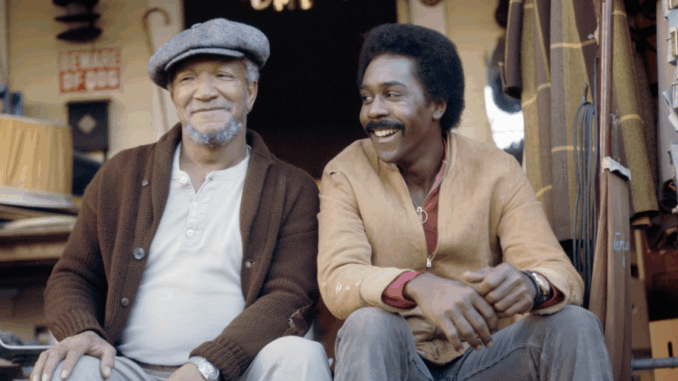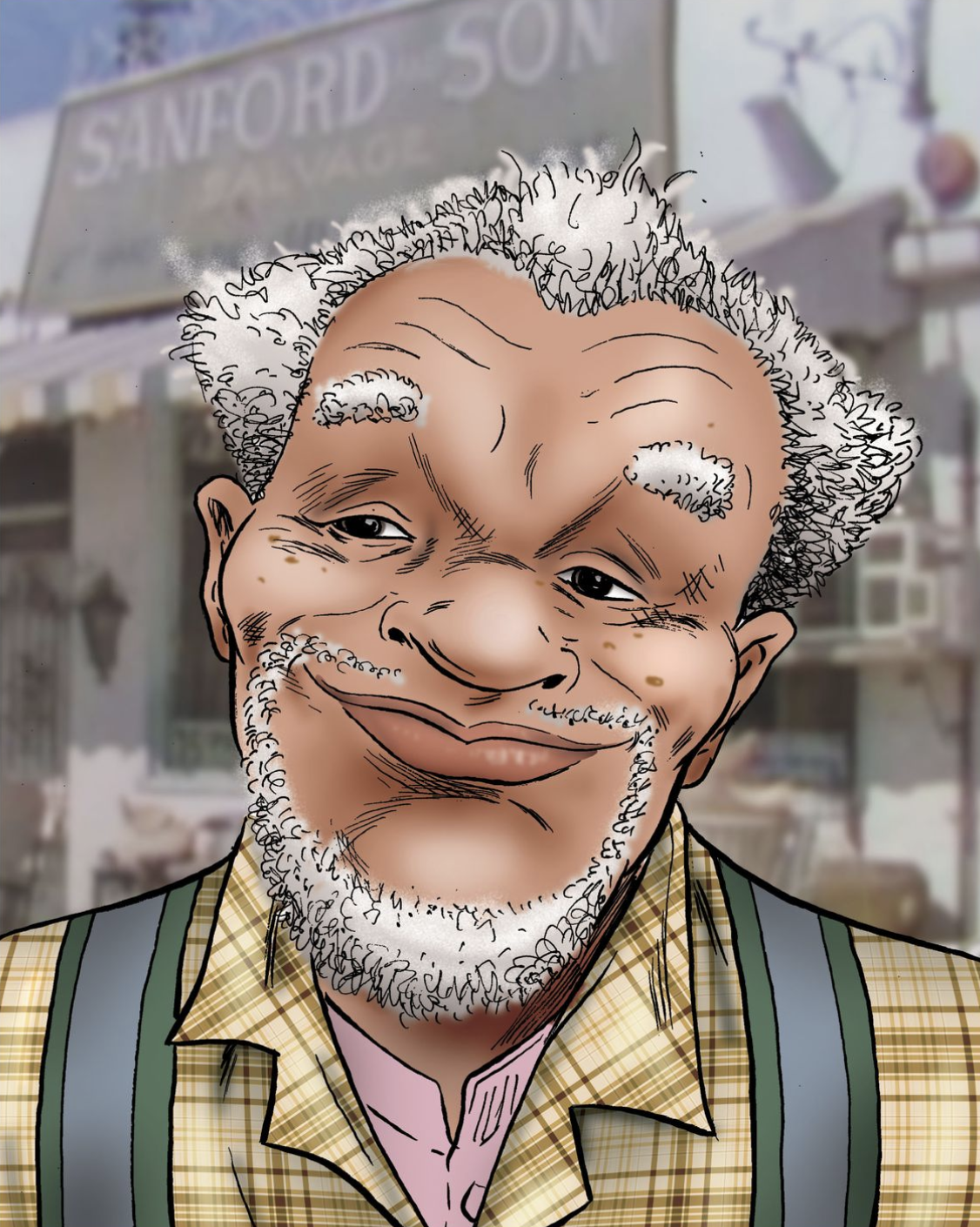
“Sanford and Son,” the beloved sitcom that graced NBC from 1972 to 1977, is fondly remembered for its sharp comedic timing, unforgettable characters, and Redd Foxx’s legendary portrayal of the cantankerous Fred Sanford. However, beneath the surface of the show’s humor lay a subtle yet significant commentary on the social realities of the era. While making audiences laugh, “Sanford and Son” didn’t shy away from touching upon some of the more complex and challenging aspects of American society in the 1970s.
Consider, for instance, the recurring theme of economic hardship. The Sanfords lived in the Watts neighborhood of Los Angeles, running a junkyard – a profession often associated with the working class and those facing financial struggles. The show frequently depicted their constant need to make ends meet, Fred’s often outlandish schemes to get rich quick, and Lamont’s desire for a more stable and respectable life. While these situations were often played for laughs, they subtly reflected the economic realities faced by many Black families in urban America at the time. The junkyard wasn’t just a backdrop; it was a symbol of their socio-economic standing and the challenges they navigated daily.
Another significant, though often humorously addressed, issue was the generational gap between Fred and Lamont. Fred, representing an older generation with more traditional views, often clashed with Lamont’s more progressive ideas and aspirations. Their differing perspectives on life, work, and social issues provided fertile ground for comedic conflict. However, these clashes also mirrored the broader societal shifts and evolving values that were taking place in the 1970s. The push and pull between tradition and modernity, often played out within the confines of the Sanford household, resonated with audiences experiencing similar dynamics in their own families and communities.
Furthermore, while not always the central focus, the show occasionally touched upon the subtle realities of racial prejudice. Living in a predominantly Black neighborhood and interacting with the wider society, the characters sometimes encountered situations that hinted at the racial biases prevalent at the time. These moments, though often brief and laced with Fred’s characteristic cynicism, served as a reminder of the social context in which the Sanfords lived. The humor, in these instances, often acted as a way to address these sensitive topics without being overtly preachy, allowing audiences to recognize the underlying issues while still enjoying the comedic narrative.

“Sanford and Son” masterfully balanced its comedic core with these underlying social observations. It didn’t preach or offer easy answers, but through the everyday lives and interactions of the Sanford family, it offered a glimpse into the realities of economic struggle, generational differences, and the subtle presence of racial dynamics in 1970s America. The laughter it evoked was often underscored by a sense of shared experience and recognition of the challenges faced by many.
“Sanford and Son” was more than just a funny sitcom; it was a reflection of its time. It dared to subtly address the “not-so-funny” aspects of society through the lens of humor, leaving a lasting impact on how social issues could be explored within the popular medium of television. What episodes of “Sanford and Son” do you remember that made you laugh but also… struck a chord with you on a deeper level? Share your thoughts below.
